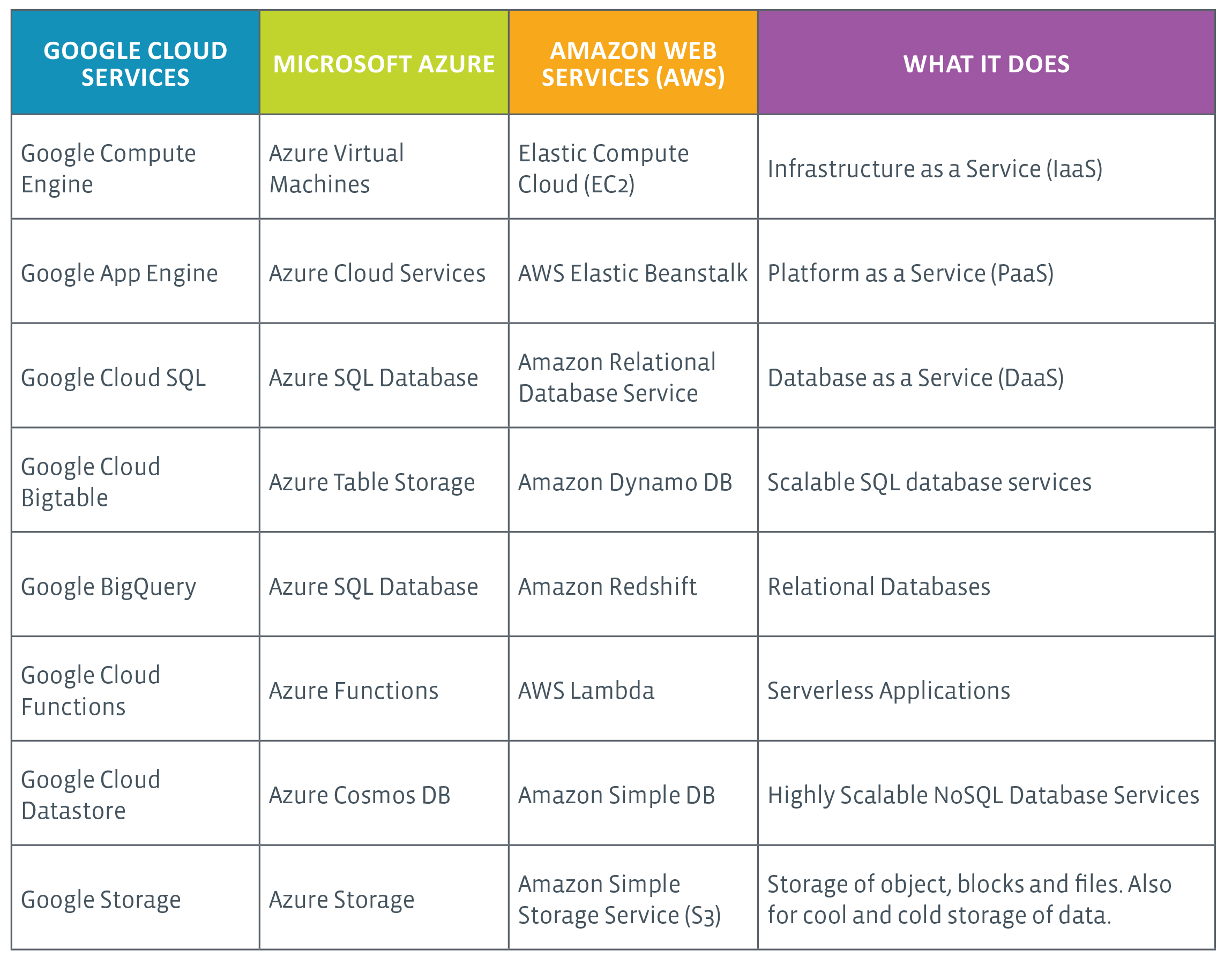

The advancement in the cloud grows day by day.

Cloud service provision started only by 2000. By the beginning of the 1990s, cloud services were used by everyone due to the IT revolution.

Users’ activity is tracked easily using cloud and hence it is made secure. Also, new applications can be created and managed, data is recovered and streaming audio and video, data analysis, and prediction are done using cloud services. The data can be stored online and also backed up, documents can collaborate easily, database processing can be done and technical support services can be managed. Hadoop, Data Science, Statistics & others Service providers charge companies for cloud usage. We can say that the cloud is the delivery of servers, storage, and backups online. Cloud services can dynamically scale up based on users’ needs. The provider provides all the resources needed for the application and hence the company needs not to worry about resource allocation. The service is managed by the cloud service provider. Cloud services refer to any applications, services or resources. The data is stored in pools or digital servers and is available any time through the internet. The service offered through the internet to the users on-demand rather than by the company’s own servers is called cloud services. We have control of our information while using the cloud. Cloud provides the management and flexibility of the application. Also, cloud deployments are of three types based on the organization’s ability such as Public cloud, Private cloud, hybrid cloud, and community cloud. These four types are called cloud computing stack as one is built on top of the other service.
#LIST OF CLOUD SERVICES COMPARISON SOFTWARE#
They are Infrastructure as a Service (IaaS), Platform as a Service (PaaS), Software as a Service (SaaS), Network as a Service (NaaS) and Function as a Service (FaaS). Cloud computing services are divided into four types.


 0 kommentar(er)
0 kommentar(er)
